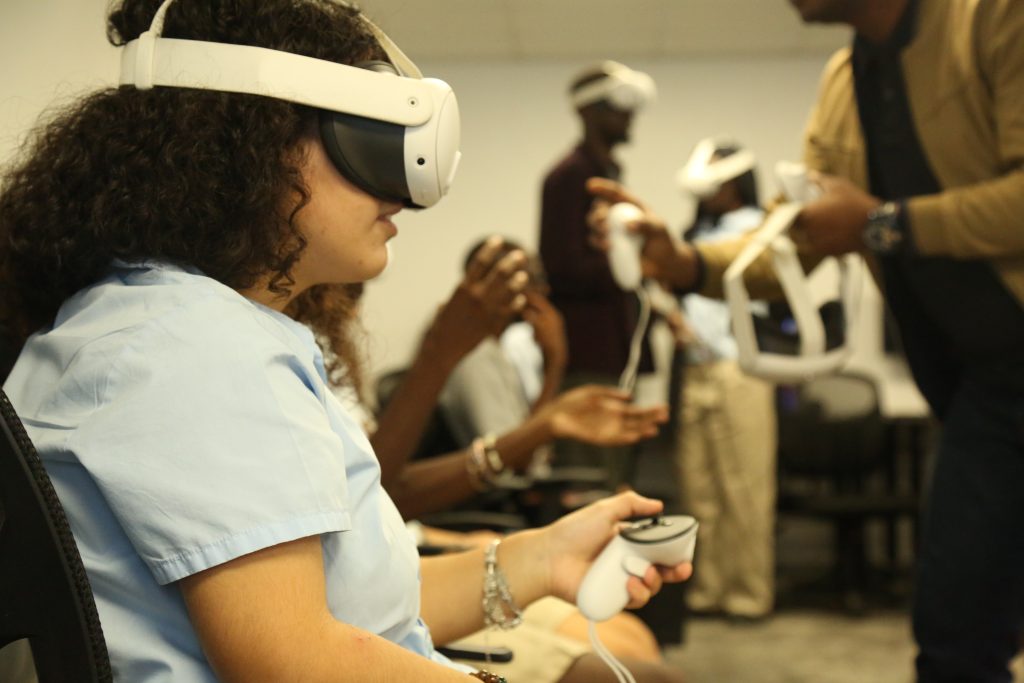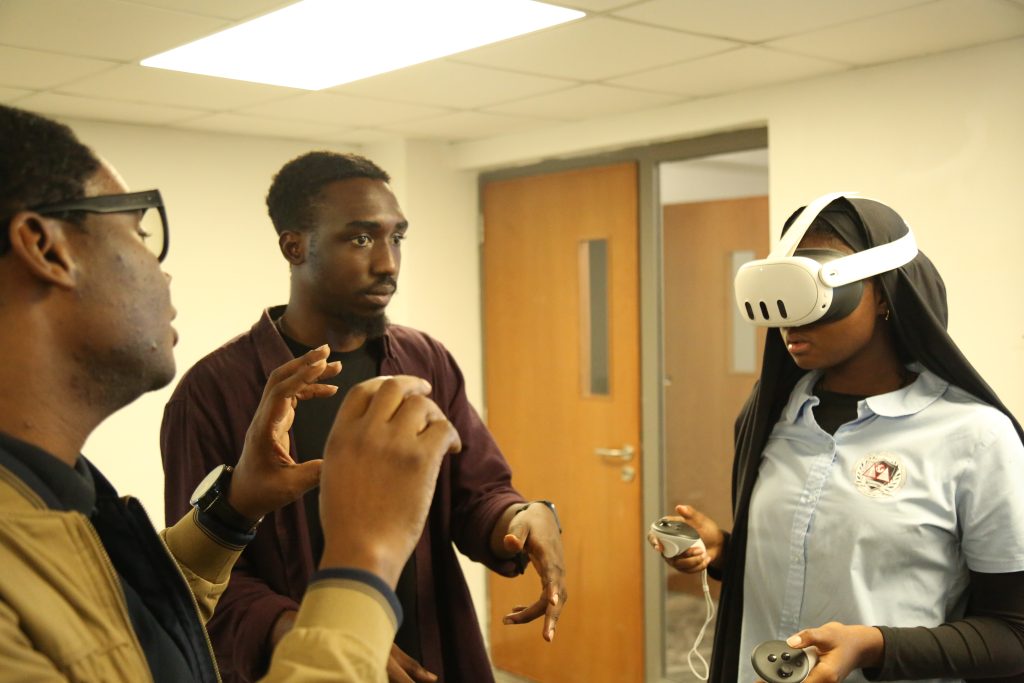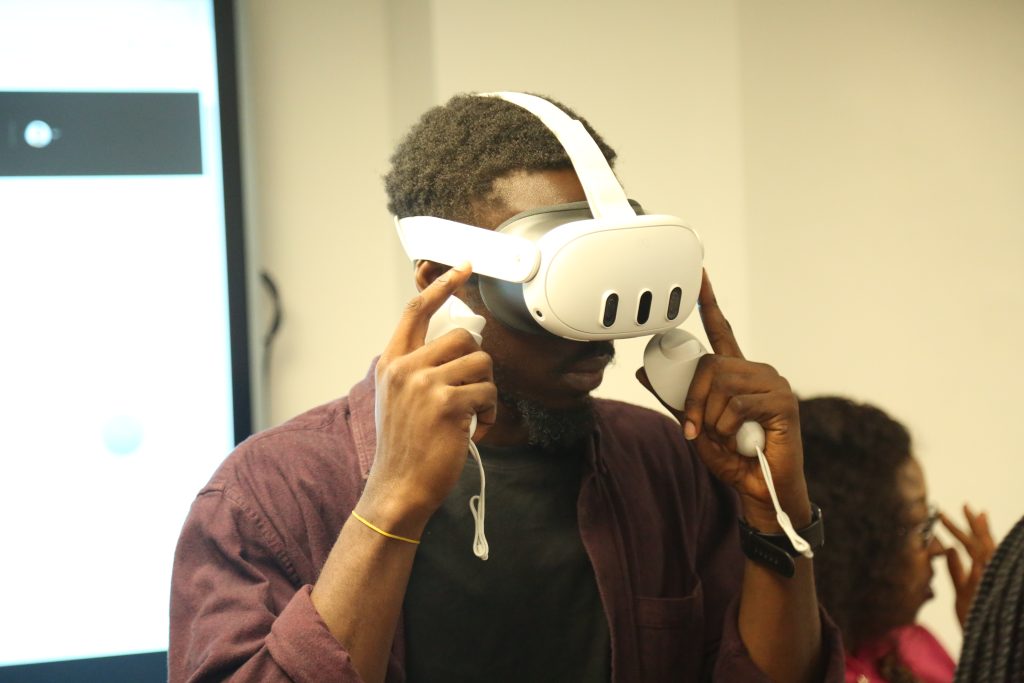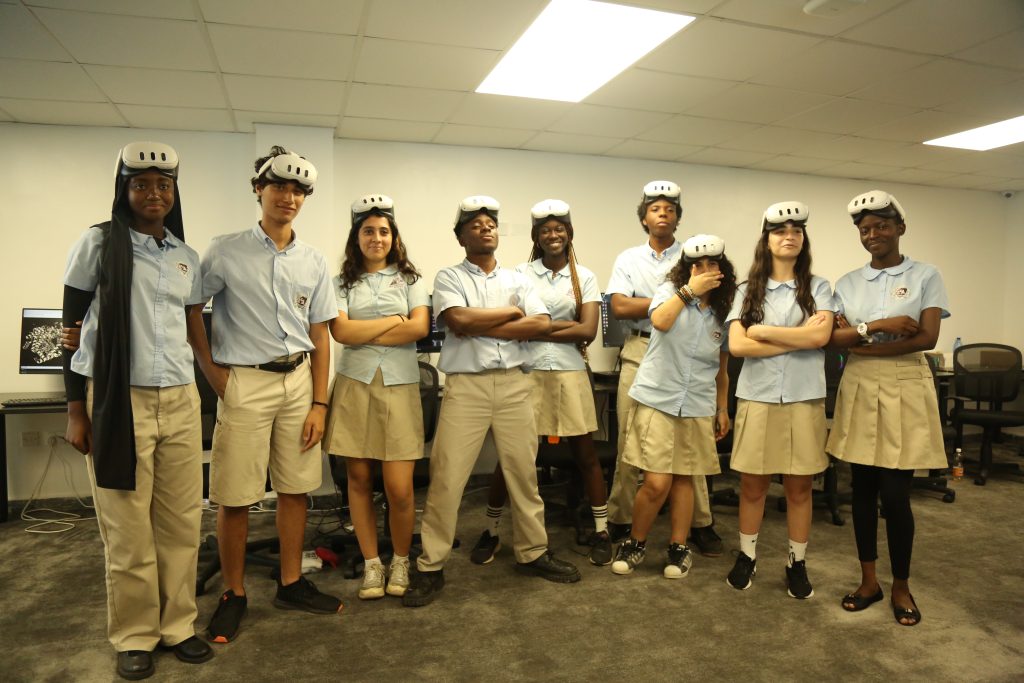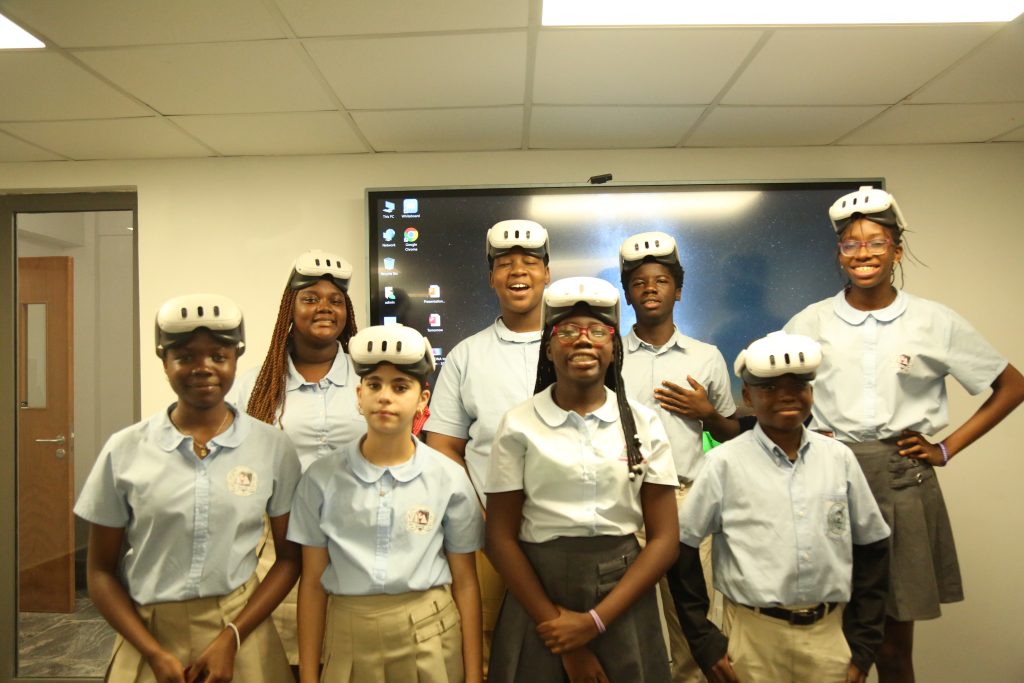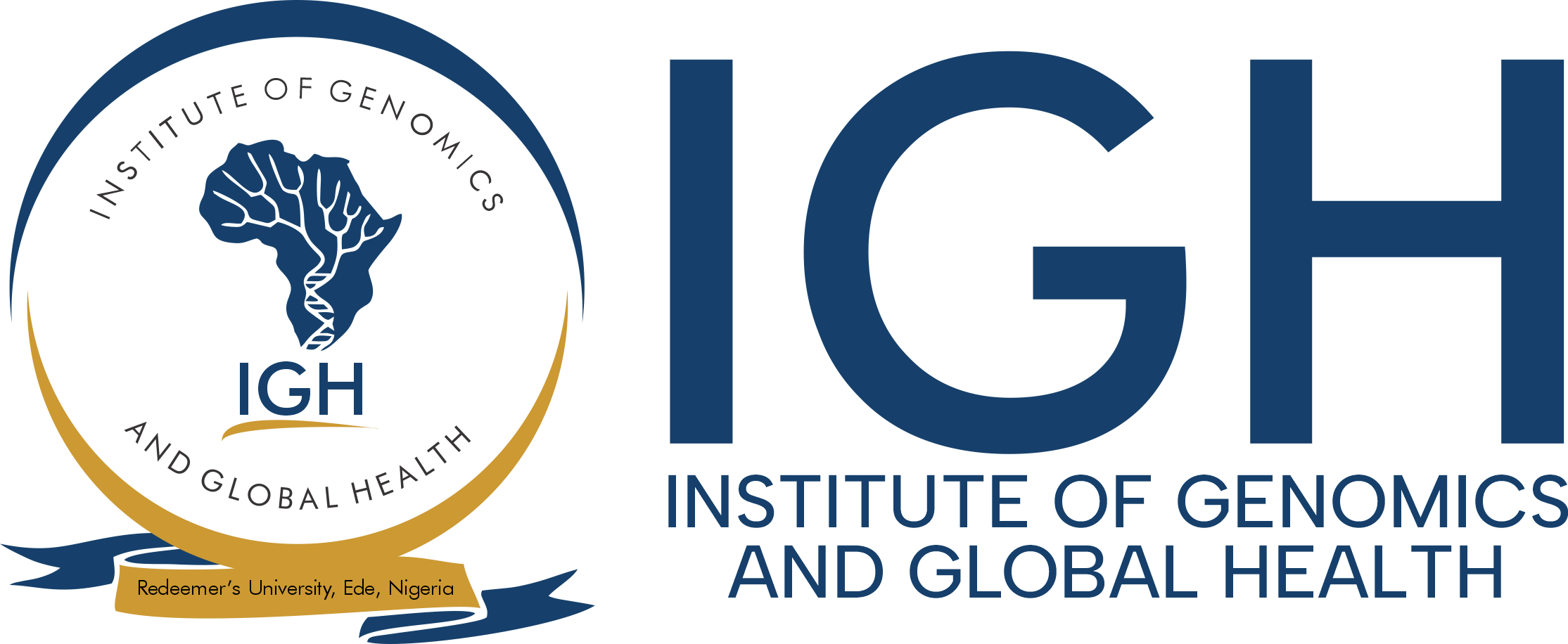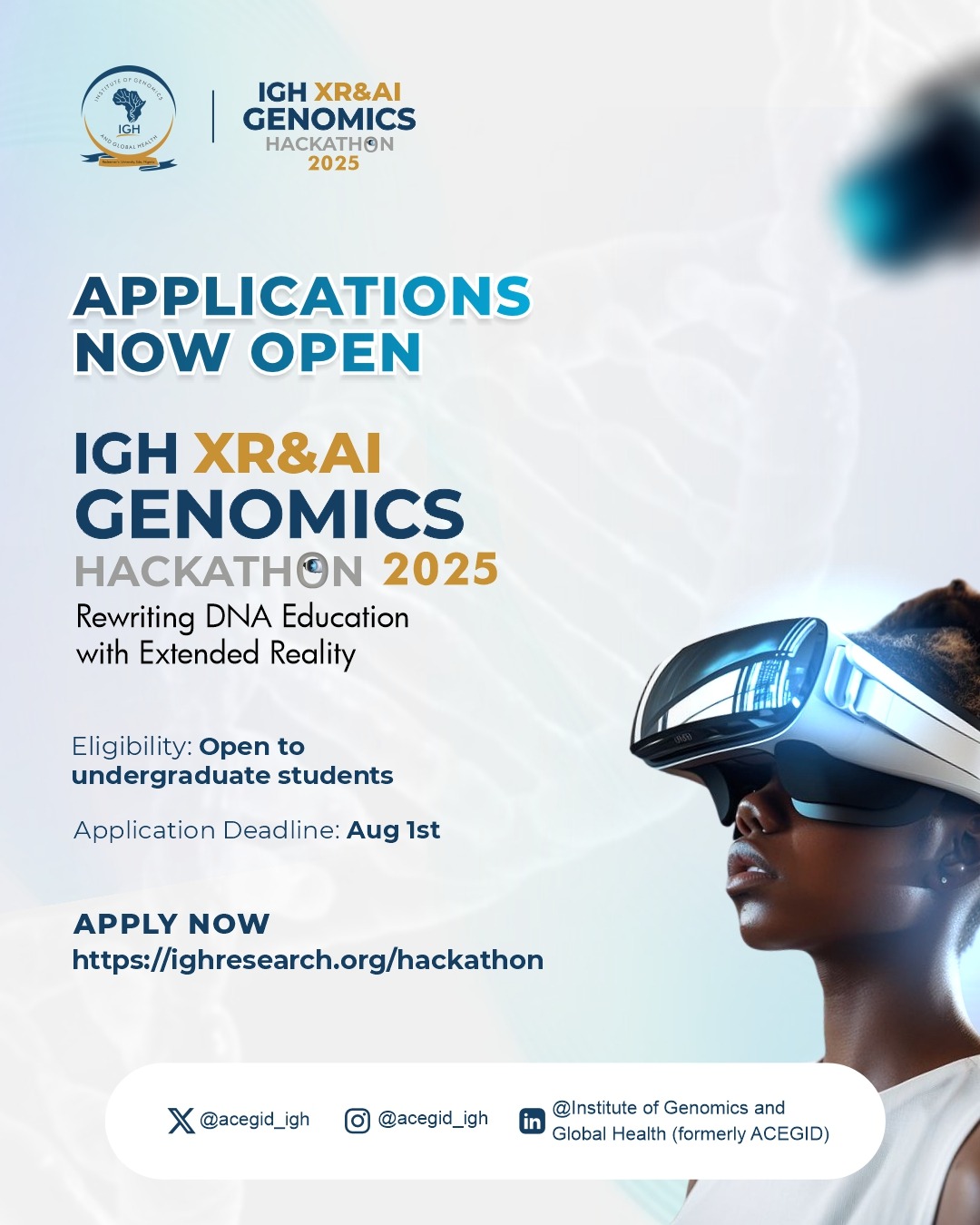Across Africa, students learn genomics from textbooks and powerPoint projections, light years from the equipment and procedure of a real lab. A large gap remains between practice and theory, just when innovation in diagnostics and surveillance of diseases has never been more important.
The XR & AI Genomics Hackathon is a daring step towards addressing the challenge. Organized by Institute of Genomics and Global Health, in partnership with sponsors and mentors, the hackathon hopes to bring together Africa’s top young minds, developers, designers, biologists, and students to design immersive interfaces that simulate genomics processes in virtual reality.
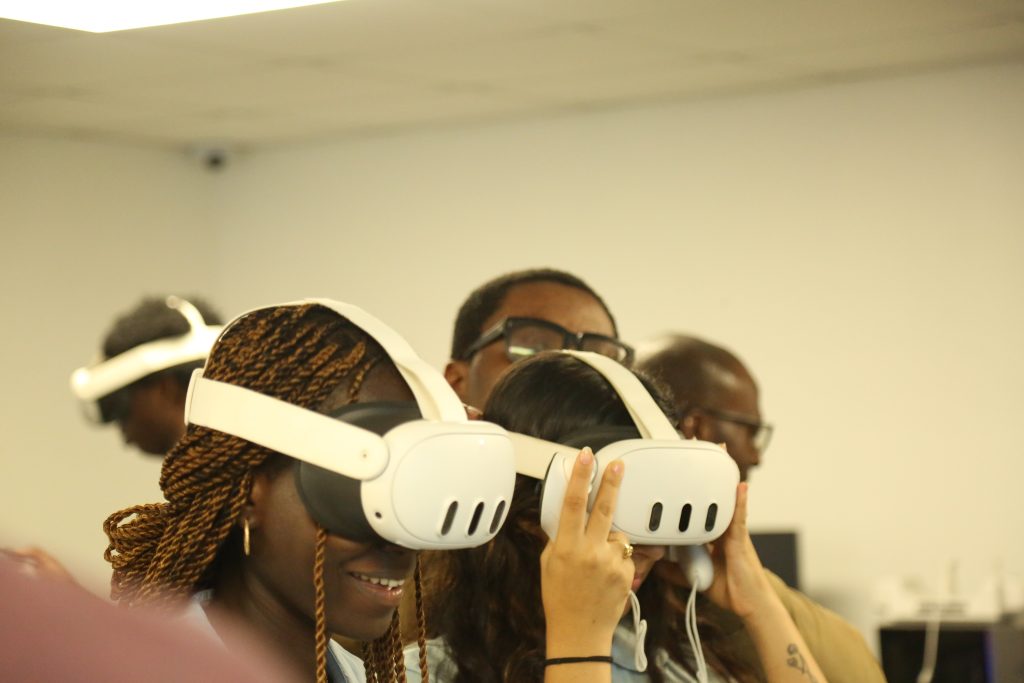
What to expect
From August 4 to 15, competing teams will create XR-powered simulations of real lab procedures, from sample sorting and DNA extraction to sequencing and analysis, remotely. Students will be be guided by professional experts in extended reality (XR), artificial intelligence(AI), and molecular (genomics) biology. with tools like Unity, Blender, ChimeraX, Nanome, and AI-powered content creation software.
The top performers from the virtual hackathon will be invited to an in-person five-day bootcamp from August 17 to August 21 at IGH, Redeemer’s University, Ede, Osun State. They will refine their prototypes and prepare for an on-site Demo Day on August 22 when they will present their solutions to teachers, scientists, and partners.
Who can apply?
Whether you’re a developer, biologist, or designer, if you’re passionate about learning, innovation, and creating change, this is your invitation. Join us in shaping the future of genomics education, powered by African talent and technology.
The programme is open to students, undergraduates, recent graduates, and enthusiasts aged 17–23 with an interest in XR, AI, or genomics, no prior experience required.
Application deadline: August 1, 2025
Apply now: https://ighresearch.org/hackathon
Unless we redesign the way we educate and empower scientists, we can fall behind where Africa should be leading. But with the right technology redesigning science education and application is achievable.
This is not a hackathon; it’s about creativity, collaboration, and building something meaningful for public health and science education.
